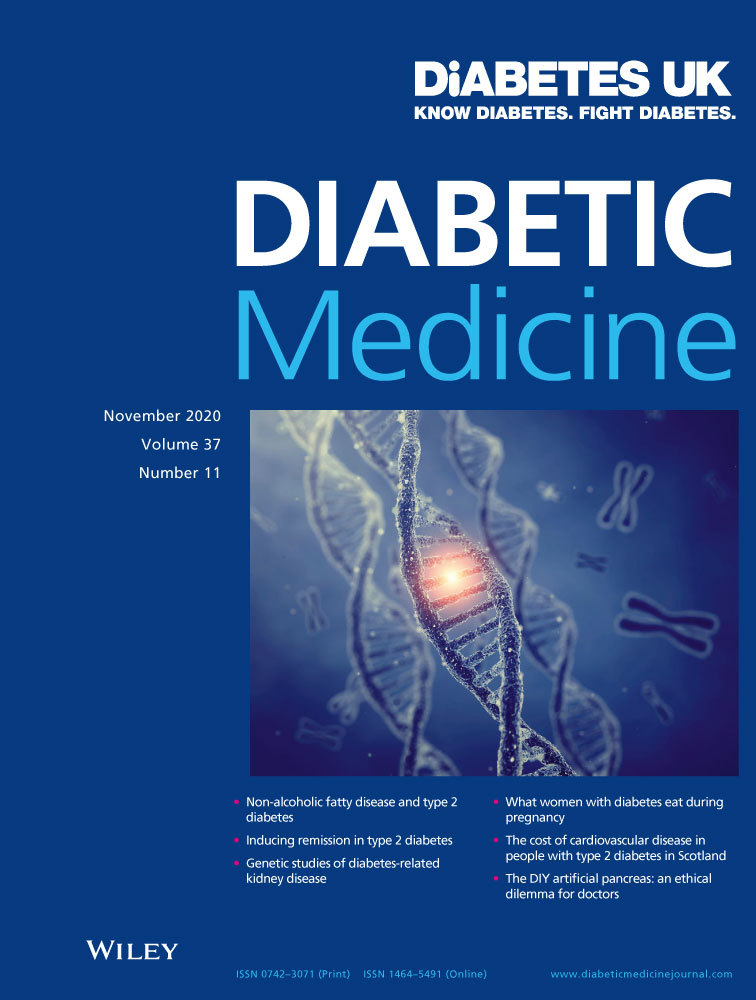Panel of novel urine biomarkers for incident microalbuminuria in people with type 2 diabetes mellitus
Abstract
Aim
The need to identify novel biomarkers for early diagnosis and treatment of diabetic nephropathy is widely recognized. However, only a few studies have investigated the association between biomarkers and the onset of albuminuria. In this study, we aimed to investigate a panel of biomarkers suitable for predicting microalbuminuria.
Methods
Some 346 Japanese people with type 2 diabetes exhibiting normoalbuminuria were studied. The endpoint was defined as the onset of microalbuminuria. Thirty biomarkers were selected from among urinary biomarkers described in previous studies. A panel of biomarkers was selected using least absolute shrinkage and selection operator (LASSO). The prognostic performance of the developed panel was evaluated.
Results
During a mean follow-up of 6.2 years, 45 people progressed to microalbuminuria. A composite panel of six biomarkers (monocyte chemoattractant protein-1, osteopontin, soluble human tumour necrosis factor receptor-1, tenascin C, vascular endothelial growth factor-A and kidney injury molecule-1) was developed using LASSO. Compared with the basal model comprising estimated GFR and urinary albumin-to-creatinine ratio, addition of these six biomarkers significantly increased the overall C index from 0.773 to 0.824 (P = 0.019). Net reclassification improvement and integrated discrimination improvement were estimated to be 0.412 (P = 0.049) and 0.040 (P = 0.040), respectively. Decision curve analysis also showed that the model with the six novel biomarkers had a better prognostic value for predicting the onset of microalbuminuria. The optimism was moderate or negligible according to measures.
Conclusions
The panel consisting of six novel urinary biomarkers effectively predicted incident microalbuminuria in people with type 2 diabetes.




